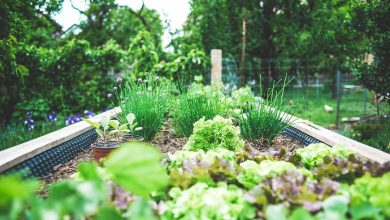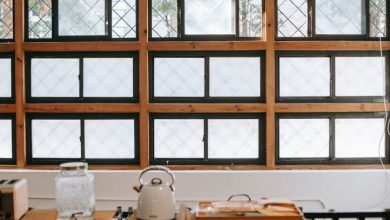What’s the Best Flooring Material for a Kitchen?

The kitchen is often considered the heart of the home, a place where family and friends gather to cook, eat, and socialize. With all the foot traffic, spills, and potential for moisture in this space, it’s crucial to choose the right flooring material for your kitchen. While there are many options available, each with its own pros and cons, some materials stand out as the best choices for this high-traffic area. In this article, we will explore the top flooring materials for kitchens and discuss their advantages and disadvantages.
Hardwood Flooring: Beauty and Durability
Hardwood flooring is a timeless choice that adds warmth and elegance to any kitchen. It comes in a variety of species, finishes, and colors, allowing you to find the perfect match for your kitchen’s style. Hardwood is known for its durability, making it resistant to scratches and dents. However, it is susceptible to moisture damage, so it’s important to wipe up spills promptly. Additionally, hardwood flooring requires regular maintenance and refinishing to keep it looking its best.
Tile Flooring: Practical and Stylish
Tile flooring is a popular option for kitchens due to its practicality and wide range of design possibilities. It is incredibly durable, resistant to stains, scratches, and moisture. Tiles are available in various materials such as ceramic, porcelain, and natural stone, each with its own unique characteristics. Ceramic tiles are affordable and easy to clean, while porcelain tiles are highly durable and suitable for heavy traffic areas. Natural stone tiles, such as marble or slate, provide a luxurious and natural look but require more maintenance to prevent stains and damage.
Vinyl Flooring: Affordable and Low-Maintenance
Vinyl flooring has come a long way in recent years and is now a popular choice for kitchens. It is affordable, durable, and available in a wide range of colors and patterns, including designs that mimic natural materials like wood and stone. Vinyl is resistant to water, stains, and scratches, making it a practical choice for a kitchen. Additionally, it is easy to clean and requires minimal maintenance. However, it is not as durable as materials like hardwood or tile and may need to be replaced after several years of heavy use.
Laminate Flooring: Budget-Friendly and Versatile
Laminate flooring is an affordable alternative to hardwood and tile that offers both versatility and durability. It is available in a wide range of styles and finishes, including options that mimic the look of wood, stone, or tile. Laminate is resistant to scratches, stains, and moisture, making it a practical choice for kitchens. It is also easy to clean and requires minimal maintenance. However, laminate flooring is not as long-lasting as hardwood or tile and may show signs of wear and tear over time.
Cork Flooring: Comfortable and Eco-Friendly
Cork flooring is a unique and eco-friendly option for kitchens. It is made from the bark of cork oak trees, which naturally regenerate, making it a sustainable choice. Cork flooring is comfortable to walk on, as it has a cushioning effect that can reduce fatigue and impact on joints. It is also resistant to mold, mildew, and moisture, making it suitable for kitchens. However, cork flooring is susceptible to scratches and dents and may need to be resealed periodically to maintain its appearance.
Conclusion: Choose the Right Flooring for Your Kitchen
When it comes to choosing the best flooring material for your kitchen, there are several factors to consider, including durability, maintenance, and style. Hardwood, tile, vinyl, laminate, and cork are all excellent options that offer different benefits and drawbacks. Ultimately, the right choice will depend on your personal preferences, budget, and lifestyle. Consider the unique needs of your kitchen and make an informed decision to ensure that your flooring stands the test of time while adding beauty and functionality to your space.




